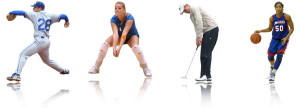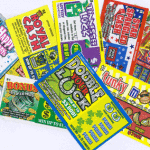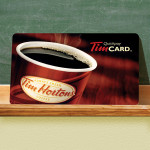School Sports Safety
7 Tips to Help Keep Student Athletes Safe
Your Buffalo household may be one of the millions this spring in which student athletes are dreaming of victory on their school playing fields. Of course, we here at BuffaloQuotes.com want to see them succeed, but we also want them to be safe.
So, here are seven tips for students, parents and school staff to keep in mind as the new season gets underway:
- Start off on the right foot: All athletes need a preseason physical and should share any medical conditions, such as sickle cell trait, with coaches. And, parents, don’t forget to provide your contact information and permission for emergency medical care.
- Think about nutrition: A healthy diet offers plenty of complex carbohydrates, plus moderate amounts of protein, salt, sugars and sodium. Keep fat, saturated fat and cholesterol to a minimum.
- Be smart about injuries: Athletic trainers and consulting physicians, not coaches, should decide whether athletes continue playing following an injury. Athletic staff needs to know how to use defibrillators and keep them nearby during both practice and games. Finally, athletes should always speak up about and seek medical attention for such symptoms as dizziness, memory loss, lightheadedness, fatigue or imbalance after a hit in the head or a fall. In most cases, they should not rejoin practice or play that same day.
- Maintain equipment and facilities: Helmets and pads should be properly fitted; gymnastic apparatus well-maintained. Facilities must be kept clean and checked for germs regularly.
- Warm up, cool down: Always warm up and stretch before beginning activities. Cool down and stretch when finished, and take plenty of breaks in between.
- Stay hydrated: Drink plenty of water (costly sports drinks aren’t usually necessary) before, during and after a workout or practice.
- Build up a heat tolerance: To avoid heat illnesses, especially in sports requiring protective equipment, start slowly and build up to more intensive training requiring the full gear.
We hope these tips help set up your student athletes for success this season. We’ll be rooting for them!


